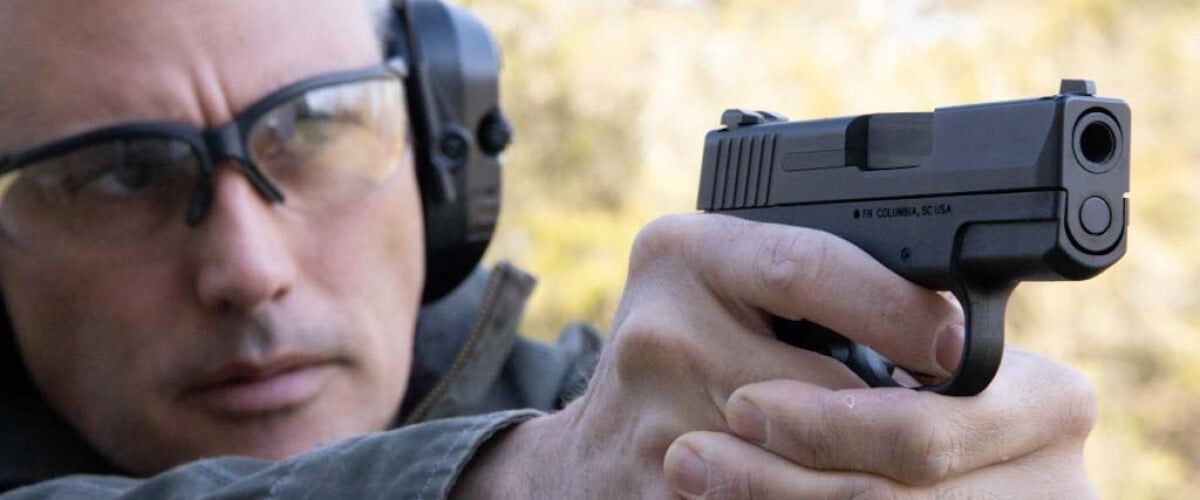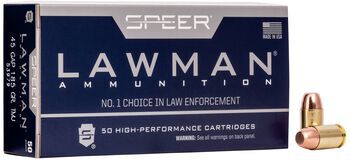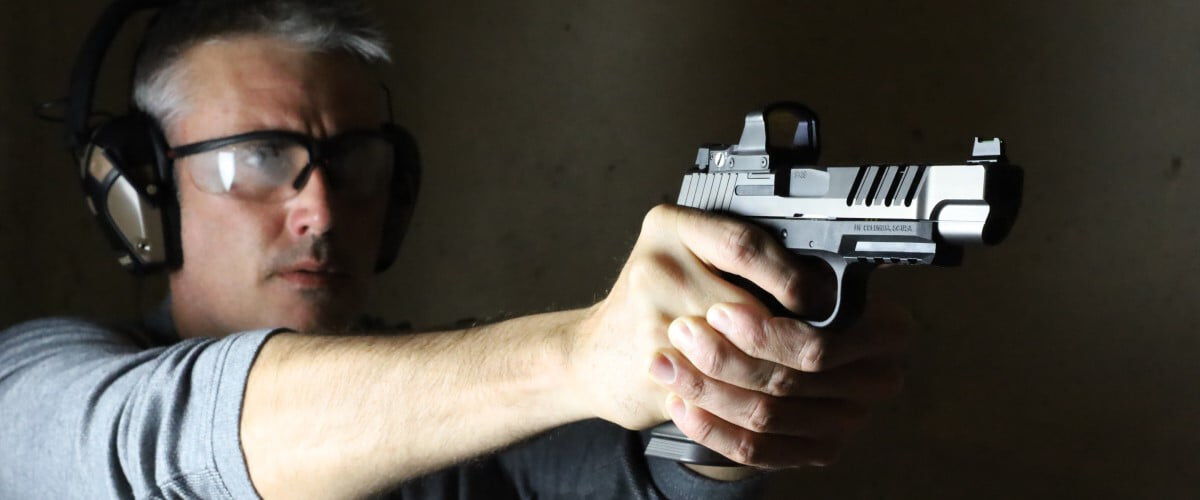
Shooters love to buy equipment, whether it’s the latest holster, the hottest new handgun, or an ensemble of range clothes. And there’s nothing wrong with that. This becomes a problem, though, when we replace training and practice with purchases. It’s fine to have the best gun, the most accurate ammunition, the newest sight, and the coolest range clothes, but if you’re serious about becoming a better handgun shooter, you cannot forget the most important piece of the puzzle: range time.
Putting In the Work
Shooting a handgun, like other technical skills that require coordination and timing, is a perishable skill. If you fail to continue practicing, then your ability to shoot accurately and quickly will deteriorate, so it’s vitally important to spend time at the range regularly. This will require carving time out of your schedule and might cause you to spend the hundred bucks you had set aside for a new holster, but if you want to maintain your skills, there’s no substitute for trigger time.
Next-level training—which I classify as anything beyond basic marksmanship—also does not absolve you of your responsibility to practice. On the contrary, spending the time and money to attend a class and learning proper pistol technique should inspire you to spend time shooting so that the lessons you learned don’t fade away. Training is not a one-time investment.

Lawman Training Handgun
Hit the range hard with training ammunition that’s closely matched to self-defense loads.
Buy NowThe concept of “putting in the work” is what separates the world’s best shooters from those of us who are simply making noise and rattling steel. For perspective, consider that some of the best competitive shooters are known for shooting 30- to 40-minute sessions three or four times per day while preparing for matches.
Odds are you aren’t a professional shooter, but the type of training these pros do continuously is a testament to how important it is to actually have a firearm in your hands. It’s important to practice if you want to win a match, but it’s even more important if you’re one of the millions of Americans who carries a firearm each day for defense. Whether you survive a deadly encounter or not hinges upon your skill set with a handgun.
How To Practice
If you’re serious about self-defense with a handgun you need to consider not only how frequently you practice at the range but how applicable that training is to real-life scenarios. Most handgun owners only practice shooting at a stationary target during daylight hours, and while this is an essential step, it doesn’t represent a particularly well-rounded training regimen.
When you’re developing a training plan, consider other elements of handgun proficiency and incorporate those into your training schedule. A smooth, efficient draw is important to defense, but you must make certain you are training properly and safely. Be aware of the position of your non-dominant hand when drawing since you do not want the muzzle to cover your hand. I suggest training with an unloaded firearm at all times, and begin slowly and do not try to draw so quickly that you sacrifice proper technique. Be aware of your muzzle direction and trigger finger position, making certain the trigger finger does not enter the trigger guard until the muzzle is on target.

Trigger control is another key element of accurate handgun shooting. Many shooters—particularly new ones—wrap their finger around the trigger and, as a result, rotate the muzzle of the down and away from the strong-side of their body as they fire. This results in shots that are low and left for right-handed shooters and low-right for lefties. Safely dry firing your firearm allows you to practice proper trigger manipulation.
What Not To Do
Draw and trigger control must be practiced continually to maintain proper form, so don’t abandon these trainings as you progress. Once you feel comfortable, though, you can add movement to your shooting practice. The ability to move and shoot allows you to work your way toward cover in a real-life scenario, and movement prevents you from acting as a stationary target for a bad guy.
One “skill” I do not recommend practicing is speed re-holstering, primarily because there is rarely (if ever) a practical reason to do so in an actual dangerous encounter. That’s not my rule but rather what I have gathered from defensive pistol experts who unanimously tell me speed re-holstering is dangerous and unnecessary.
Every individual’s training regimen will look slightly different depending upon your skill level and familiarity with a firearm, but the goal is the same: Continue practicing safely with a handgun to improve proficiency. Doing so will ensure that, should you ever need to defend yourself with a firearm, you will be as well prepared as possible.